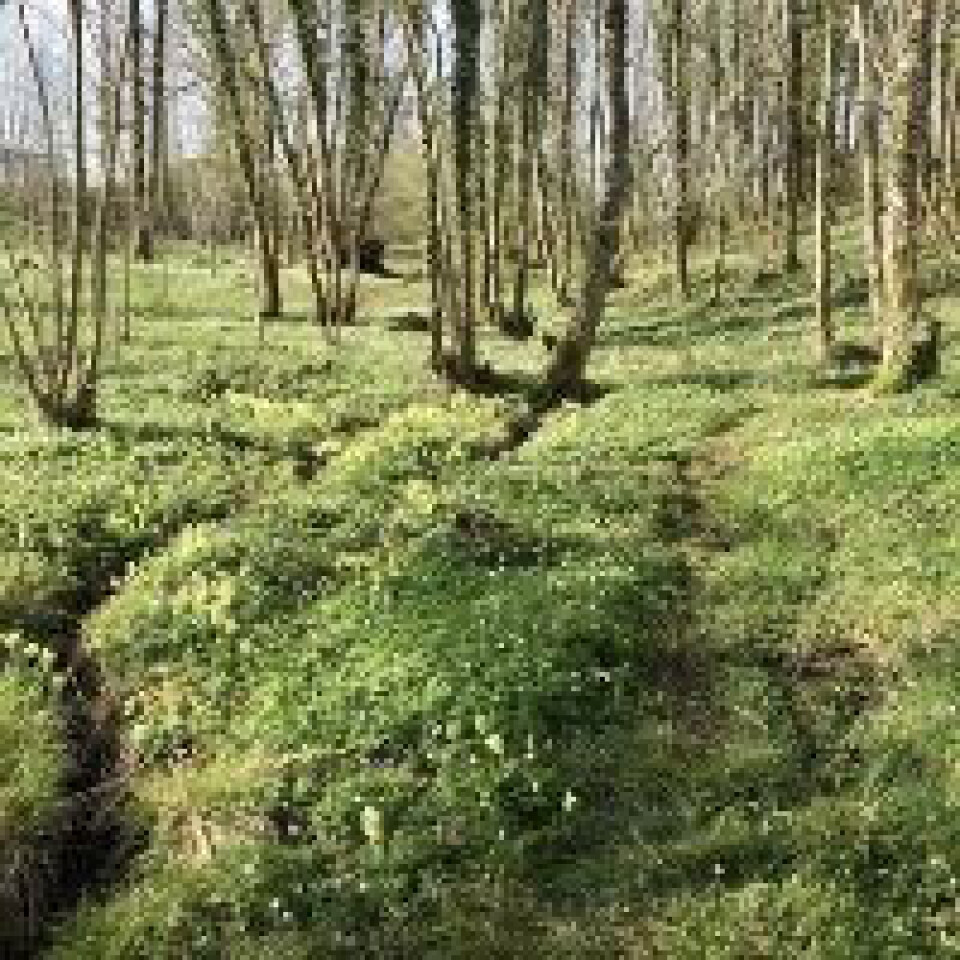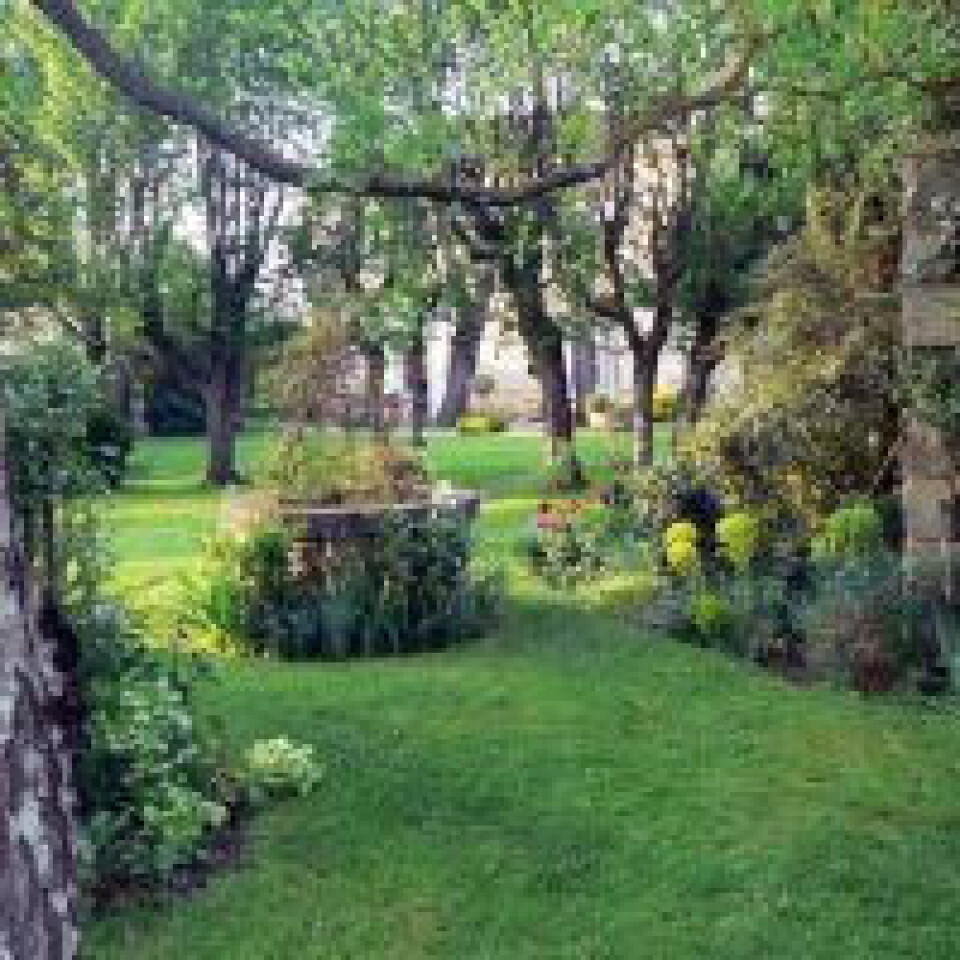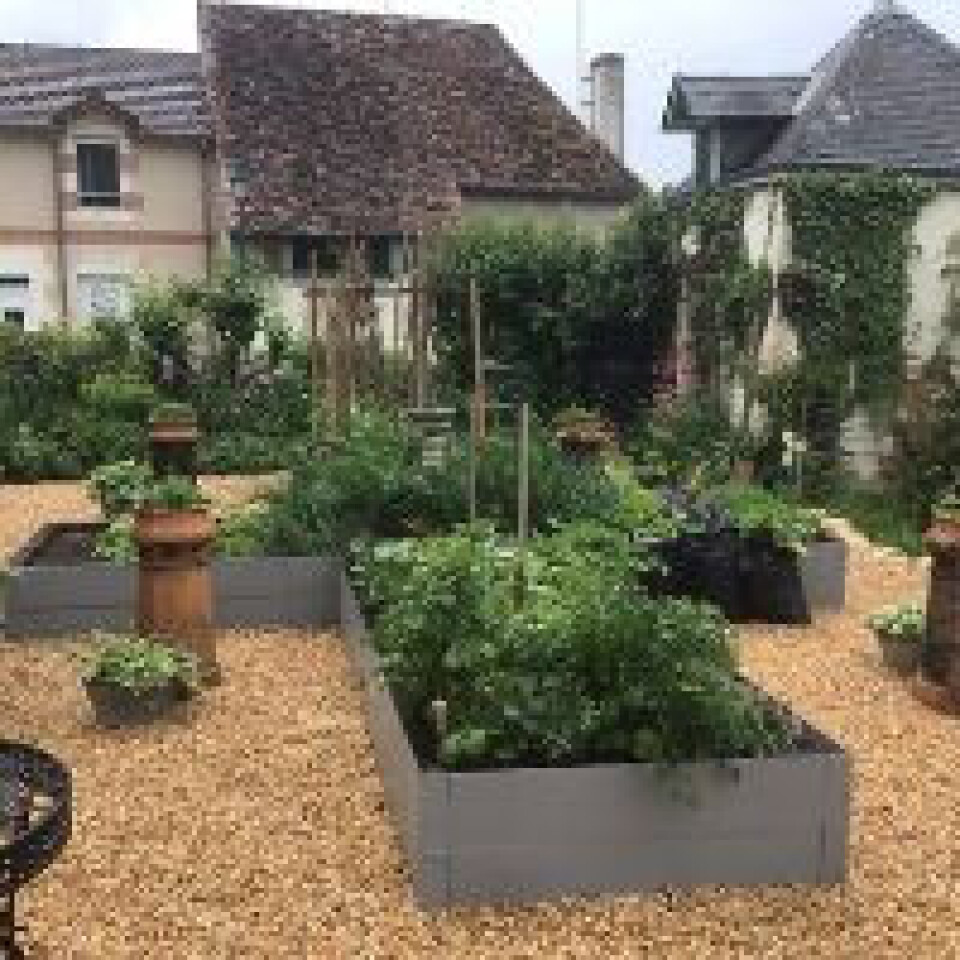-
Duck Cold! Four French phrases to use when it is freezing outside
We remind you of French expressions to use to describe the drop in temperature
-
January flowers in your French garden with scented viburnum
We explore a pretty pink shrub that gives long-lasting winter displays
-
When and why do we say le moral dans les chaussettes?
We explore this useful expression that describes low spirits
French ‘Jardins Ouverts’ (Open Gardens) to explore this month
These passionate gardeners in the Lot and Gironde talk about opening their gates to visitors, as part of the nationwide scheme

Jardins Ouverts (Open Gardens) is the French equivalent of the National Garden Scheme in Britain – a network of private gardens opened to raise money for charity.
After two years of confinement, more gardens by the day are posting their opening dates on the website www.opengardens.eu.
Perhaps you would consider swelling their number?
When visiting gardens this year, do not forget to use the search ‘par localité’ option on the website, keying in the postcode for the area that interests you.
‘Wild’ gardening in the Lot
Many gardens are open by rendez-vous only, because their gardeners find this easier to manage.
One such garden is that of Sally and Alan Edwards in the Lot (‘Les Vergnes’, 46300 Prouillac), who choose to open by appointment since, at almost three hectares of wood, water and dry garden, their site is huge and they like to have the time to explain what they are trying to achieve.
After beginning their French life in a traditional farmhouse with formal garden, they were bitten by the modern trend for ‘gardening on the wild side’ when they came to Prouillac in 2015.
Devotion to the ‘new perennial planting’ style (typified by Piet Oudolf) is evident in the dry plateau around the house, punctuated by grasses, strikingly architectural pots and seating area, where the soil is freely draining.
But their real passion only opens up when descending to the woodland, water and marsh area at a lower level.
The three ponds (two created by Sally and Alan) are linked by a stream and fed by a small boundary river, with the water recirculated by sluice to its origin.
This was the biggest change brought about by the couple.

Stream connects woodland ponds; Photo:Sally and Alan Edwards
For the rest, Sally says that friends have likened their technique to an ‘iron fist in a velvet glove’ that involves shaping and very carefully curating what was already there: virgin, unfarmed land that had had not a whiff of a chemical.
Read more: Gardening in France: All ages learn about ecology together in Nice
Not a single geranium
This gentle approach has encouraged an astonishing resurgence in the wild flower population: carpets of white wood anemones, green hellebore, Solomon’s seal, pulmonarias and oxlips.
Sally tells me: ‘We cleared bramble and deadwood, and now each area in the garden is cut back at least once a year, some in the spring, some in the autumn, depending on when seed is set.
“That means that the anemones, for example, are not covered with a thick blanket of rushes, because we cut them and take them away.” Sally adds: ‘This is not ‘everyman’s’ garden – there’s not a single geranium!”
English garden in Gironde
Lesley and Michel Perrin (Maison Blanche, 19 Rue de la Liberté, 33640 Portets, Gironde) are also open only by rendez-vous.
Their garden could not be more different from their first, uninteresting town garden in Bordeaux.
They met at the city university in the 1960s, when Lesley was on teaching exchange from Bristol – she never quite made the exchange back again!
In 1986, they moved to a nineteenth century house on the Garonne, 25 kilometres south of Bordeaux – a house with a massive footprint and an acre of garden to mirror its size.
Lesley says: “It took several years of back-breaking clearing, since the whole acre had been neglected for a very long time, in spite of having good ‘bones’, with mature lime trees, large yews and a hornbeam ‘charmille’ (a tunnel created by overhanging branches).”

Mature trees are 'bones' of garden; Photo:Lesley and Michel Perrin
Part of the garden is rather a peculiar shape – long and narrow.
It was a design challenge that Lesley overcame by dividing the long tongue of land up into separate areas.
She has used sinuous borders, massed shrubs, hedging and a pergola – even mirrors! – to increase the sense of space.
This is a ‘classical’ English garden in comparison to the two others featured this month.
A garden is to be shared
Lesley comments: “I think it is important to concentrate essentially on shapes and volume, rather than a huge variety of flowers, and to have a certain amount of repetitive planting of shrubs and flowering plants.
“People always comment on the tranquillity they feel when walking around our garden. The rhythmic pattern of repetitive planting is part of that general effect.”
Lesley, now in her eighties, seems to summarise the spirit behind Jardins Ouverts: “I’ve always felt that a garden can become rather a narcissistic pleasure if it is not open in some way to others... it seems logical to keep our garden alive by sharing it with as many people as possible, family, friends and, through organised visits, with other garden enthusiasts.”
Read more: Community gardens can help restore democratic values in France
Perfect retirement garden in Vienne
Theresa and David Sewell (18 Place de l’Église, 86290 Liglet) were due to open their garden in Vienne, Nouvelle-Aquitaine on July 17 but due to unforeseen circumstances, it will no longer be available for viewing.
At the end of a career managing hotels in Blackpool, the couple came to relax in this enclosed, less labour-intensive garden at the heart of a beautiful village.
Theirs is a perfect retirement garden – a place for morning coffee, a corner for the evening apéro – featuring a wealth of flowers, including old French roses, scented plants such as sweet peas, and an area dedicated to large-foliaged plants that lend a tropical feel.
There is even a pond, recently created to the delight of local birds, insects and frogs.
In 2021 they ‘gave up on the lawn and mowing’, Teresa tells me, ripping out the grass and clothing the entire area of their courtyard with a lovely golden gravel.

Golden gravel replaced lawn; Photo:Theresa & David Sewell
The huge, cross-shaped raised vegetable bed has perhaps been the most exciting new innovation, built by a team of two local tradesman from wood.
The lovely crumbly soil that fills it was sourced – with the help of the Mairie – from the village depot.
“We grow vegetables and herbs and find that in deep beds you can grow things much closer together than previously – plus there’s no digging.”
A new project for the couple has been to make the exterior walls into a mur vivant, clothed in plants; although Teresa mentions that watering may be a challenge!
She adds: “We think that visitors to the garden will appreciate how much you can do in a small space.”
Related articles
Donations from open garden scheme fund gardens in 60 French hospitals
Five drought management tips for gardens from a French plant expert
French DIY: My mission to build a cost-effective garden pergola
























